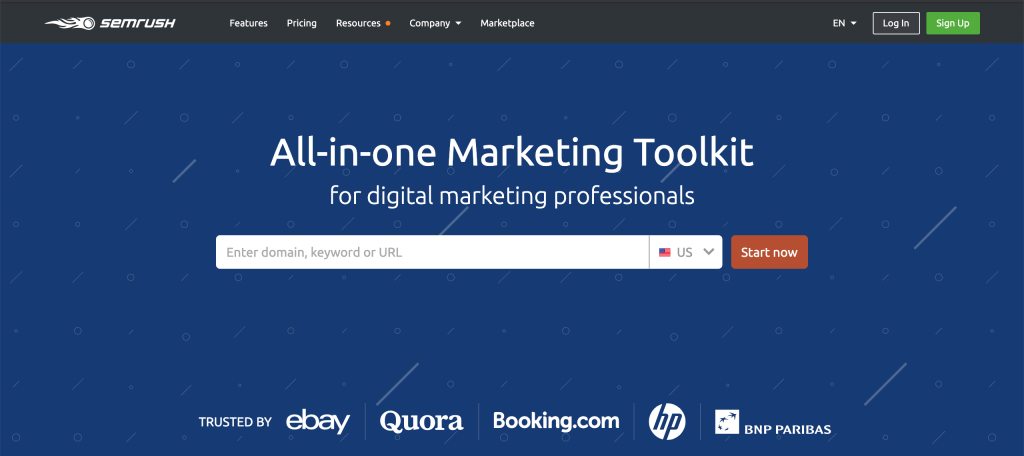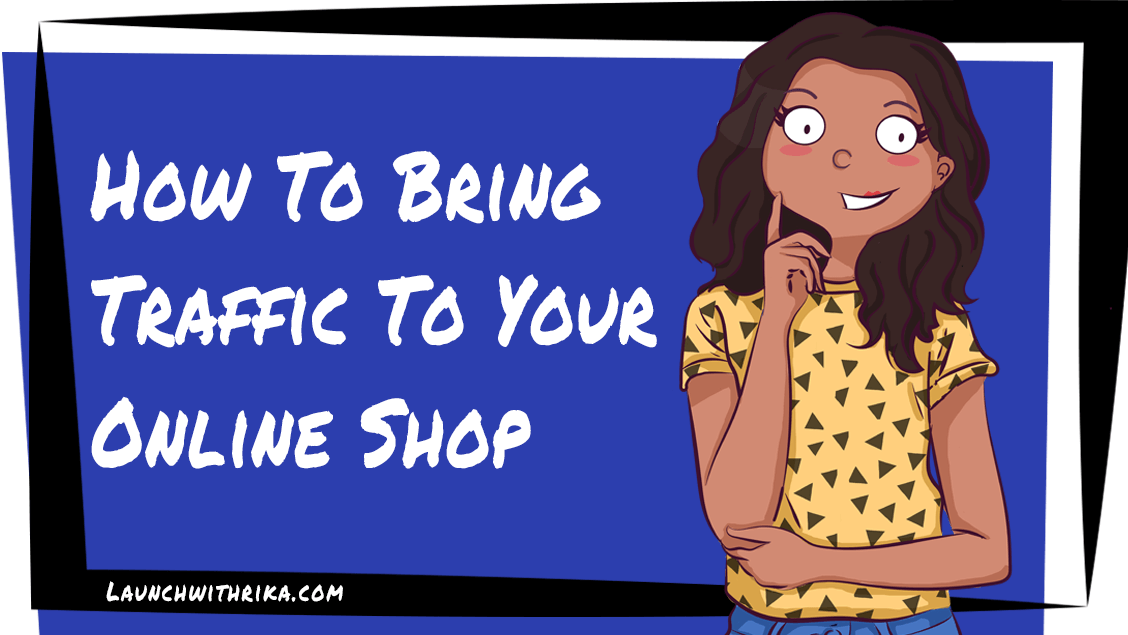So, you’ve finally finished perfecting your eCommerce site. Congrats! However, if you haven’t spent any time driving traffic, I’m guessing your website is hearing crickets.
Not to worry – there is a range of ways you can catch the attention of potential customers drive traffic to your shop. In this article, I’ll explain seven iron-clad ways you can begin building consistent web traffic.
Why Build Consistent Web Traffic?
Bringing traffic to your eCommerce store is important for several reasons. First, increased traffic means you’re increasing your brand awareness. Also, you can use your stream of website traffic to build your email list and increase brand loyalty.
Of course, more traffic isn’t automatically a good thing. You want to bring people in who find your product interesting and relevant to their lives. By focusing on bringing in traffic from the right sources, you’ll increase your chances of converting people from prospects to customers.
To keep an eye your site visits – check out Google Analytics. They offer real-time information on a variety of metrics, including audience demographics, traffic sources, and conversions. You can design reports, so you receive regular updates on the key metrics you care about.
Seven Ways to Drive Traffic to Your Website
Create Engaging Content
Content includes any information and communication that you create and distribute to your audience online. This could include blogs, videos, social media posts, infographics, and more. Creating content that engages your audience is a great way to entice them to visit your website.
Think carefully about your target audience’s interests, hobbies, and lifestyle to ensure your content is engaging and valuable. Outside of instructional content, you can also offer inspirational and informational content, as well.
Regardless of which form of content you create, content can lay the foundation for other traffic avenues. For example, blogging can support your email marketing, and video content can support your social media content.
Know the ABC’s of SEO (Search Engine Optimization)
SEO refers to the way that search engines determine how relevant a webpage is to a certain search query. Good SEO on your website increases the chances that your webpage will show up in search results when people look for related terms.
There are a few easy ways to boost SEO for your eCommerce site. First, do keyword research by using tools like SEMrush, Moz, and Google Trends. These sites can help you figure out which keywords and phrases you have a chance to rank for.

Once you determine your keywords, use them in your titles and headers. Make sure each webpage has a compelling and descriptive meta-description to encourage people to click.
You can also optimize images on your site by adding alt-text. A good description tells search engines what’s in the picture and can support your keyword SEO. Finally, check that your website is loading quickly and correctly across different browsers and devices.
Create a Breadcrumb Trail with Backlinks
As a quick recap – backlinks are when another website “links back” to your website. Backlinks show search engines that people find your content valuable and worth sharing. This can improve your SEO and increase your chances of search-engines considering you a high-authority site.
So how do you get backlinks? The easiest way is to talk to other sites related to your product. Target high-authority sites with a great reputation and avoid low-quality or spammy sites. You could, for example, do a guest post. Be sure to include a link back to your website.
Drive People from Your Email List to Your Website
Let’s say you already have an email list, but they aren’t in the habit of visiting your website.
To reel them into your shop, make sure you’re sending them personalized emails that target their interests. Link to your newest content, offer promotions and target your message based on their past purchases. You can also implement abandoned cart messages or other re-engagement campaign techniques.
Of course – none of this matters if they don’t open your email. Write eye-catching subject lines, use interesting visuals, and make sure your CTA (call-to-action) is compelling and links back to your website.
Build Social Media Presence
Building a social media presence is another great way to direct people to your website. You can use your platform to build a community around your brand and tease valuable content that’s only available on your website.
It can be tempting to set up several accounts – but I wouldn’t recommend it. Think carefully about your audience and their favorite platforms.
Connect with Influencers Big and Small
Within social media, you can reach out to “influencers”. These are people who have a strong social media presence and frequently recommend products and services in a specific niche. In fact, 40% of Twitter users have made a purchase as a direct result of a tweet from an influencer.
Look for an influencer who seems excited and engaged with their audience. Don’t just focus on the number of followers – some micro-influencers have a ton of influence as well.
This is a great way to reach out to an audience of people you know are related to your product. For example, if you sell unique home goods, reach out to an interior designer or lifestyle influencer.
Use Targeted Ads
Once you have all these free traffic-drivers to your website, you can finally consider paying for targeted ads. Having these other traffic-boosters in place will help make your targeted ad more effective.
With Google Ads, you can bid on certain keywords. Use your keyword research skills here to choose words that are both popular but have competitive pricing.
On Facebook and Instagram, you can run ads that target specific demographics. You can nail this down to age, location, interests, pages liked, and a range of other metrics. It’s a great way to get high-quality leads to your site that you may have not otherwise reached.
—
Driving traffic shouldn’t be a one-time effort. Create a strategy to ensure you’re generating new leads and keeping your current audience engaged year-round.
Are you trying any of these strategies? What’s working for you? Let me know in the comments!







